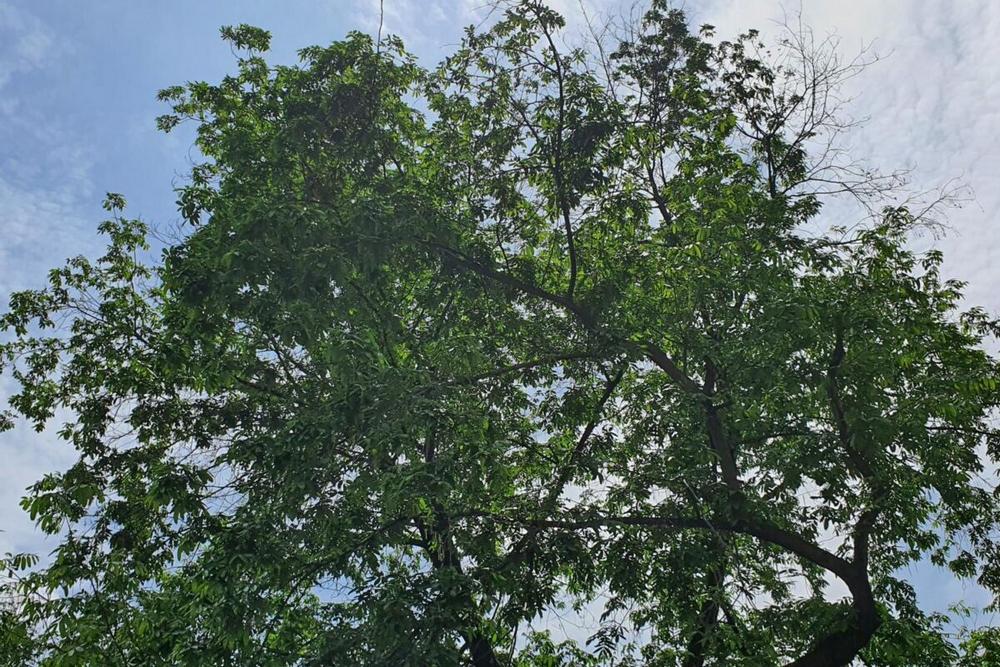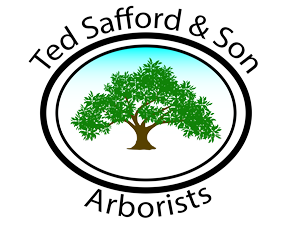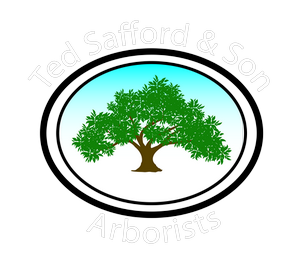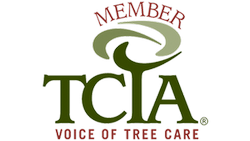Signs Your Tree Might Need Professional Attention
Signs Your Tree Might Need Professional Attention
Whether you're dealing with visible damage or subtle changes, we'll help restore your landscape with experienced, reliable tree care.

When to Call for Tree Care: Spotting the Warning Signs Early
You may not always notice when a tree on your property starts to show signs of trouble. Trees often decline slowly, and many symptoms go overlooked until the damage is significant. But knowing what to watch for can make all the difference in protecting your landscape. Whether you’re dealing with a large oak in the backyard or a smaller ornamental tree by the driveway, paying attention to changes in appearance, growth, and structure will help you take action before it’s too late.
1. Unusual Leaf Behavior and Crown Changes
One of the first things you might notice is a difference in the leaves. If a tree begins to produce fewer leaves than usual, or if they change color or fall off too early, it’s a clear sign that something isn’t right. Leaves that appear smaller, curled, or discolored could indicate root issues, pest infestations, or internal disease. Also, check the tree’s crown—the upper canopy. If the crown looks thin or uneven, or there’s an increase in dead or bare branches, your tree may struggle. These visible cues reflect internal health problems that a professional arborist should check.
2. Cracks, Splits, or Wounds in the Trunk
The trunk is the backbone of your tree, and any visible damage should be taken seriously. Vertical cracks, significant splits, or oozing sap can signal structural weakness or internal decay. Trees that have suffered storm damage or have visible wounds from lawn equipment are more likely to develop infections or rot. Even small openings can allow fungi, bacteria, or insects to enter. While some trees can heal independently, ongoing damage or worsening symptoms require a professional evaluation. Don’t ignore open wounds or cracks—they often point to deeper problems you can’t see from the outside.
3. Fungal Growth and Pest Activity
If you notice mushrooms growing around the base of your tree or on the trunk itself, it could mean decay within the roots or core. Certain fungi feed on dead or dying wood, so their presence is a red flag. Insects like carpenter ants, bark beetles, and borers target stressed or unhealthy trees. You might see sawdust at the base, small holes in the bark, or insect trails. While some pests may not cause immediate harm, they often signal an underlying issue that makes the tree more vulnerable over time. A certified arborist can identify the cause and recommend a treatment plan.
4. Sudden Leaning or Root Disturbances
A tree that begins to lean, especially if it wasn’t leaning before, can pose a serious safety concern. This shift may happen slowly or rapidly, but it usually means the roots have weakened or the soil no longer supports the tree’s weight. Look at the base for signs of upheaval, exposed roots, or soft, spongy ground. If the roots have started to rot or loosen, the tree can become unstable, even during calm weather. Trees in this condition should be assessed immediately to prevent property damage or injury. Delaying action in these situations is never worth the risk.
5. Branch Drop or Deadwood Accumulation
Healthy trees don’t typically drop branches without an apparent reason. If you notice large limbs falling during mild weather or see dead branches accumulating throughout the canopy, it’s a sign your tree could be stressed or dying. Deadwood is dry, brittle, and often breaks off easily. While occasional pruning is part of good tree care, a significant buildup of dead branches suggests declining health. It’s also a hazard during high winds or storms, putting people and property at risk. Having a professional inspect and remove these limbs ensures safety and supports healthier growth moving forward.
Time to Take Action? Let’s Help Your Trees Thrive
If any of these signs sound familiar, don’t put it off. Call Ted Safford & Son Arborists at (858) 692-2294. We’re ready to assess your trees’ condition, offer expert insight, and provide the care they need to grow strong and healthy again. Whether you’re dealing with visible damage or subtle changes, we’ll help restore your landscape with experienced, reliable tree care.



